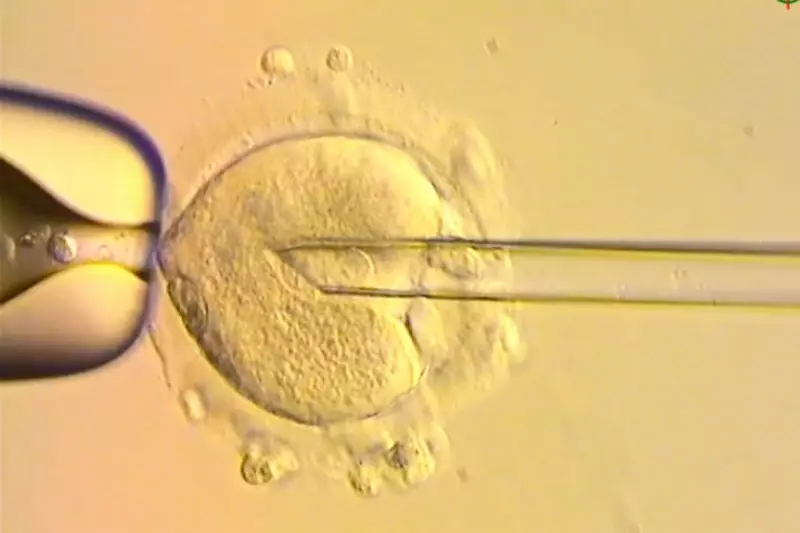
In a historic medical achievement, the first babies conceived using a pioneering IVF technique involving DNA from three individuals have been born. This revolutionary approach, designed to prevent the transmission of severe genetic disorders, has been hailed as a major leap forward in reproductive medicine.
A New Era in Fertility Treatment
The procedure, known as mitochondrial donation treatment (MDT), combines genetic material from the mother, father, and a female donor to create embryos free from harmful mitochondrial mutations. Mitochondria, often referred to as the 'powerhouses' of cells, carry their own DNA, which is inherited exclusively from the mother.
How the Technique Works
The process involves:
- Removing the nucleus from the mother's egg
- Transferring it to a donor egg with healthy mitochondria
- Fertilising the reconstructed egg with the father's sperm
This results in a baby with nuclear DNA from both parents and mitochondrial DNA from the donor - accounting for about 0.1% of the child's total genetic makeup.
Ethical Considerations and Future Implications
While the breakthrough offers hope to families affected by mitochondrial diseases, it has also sparked ethical debates. Critics argue it crosses fundamental biological boundaries, while supporters emphasize its potential to eliminate devastating genetic conditions.
The UK became the first country to legalise this procedure in 2015, demonstrating its leadership in progressive fertility treatments. Experts predict this development could pave the way for more advanced genetic interventions in the future.





